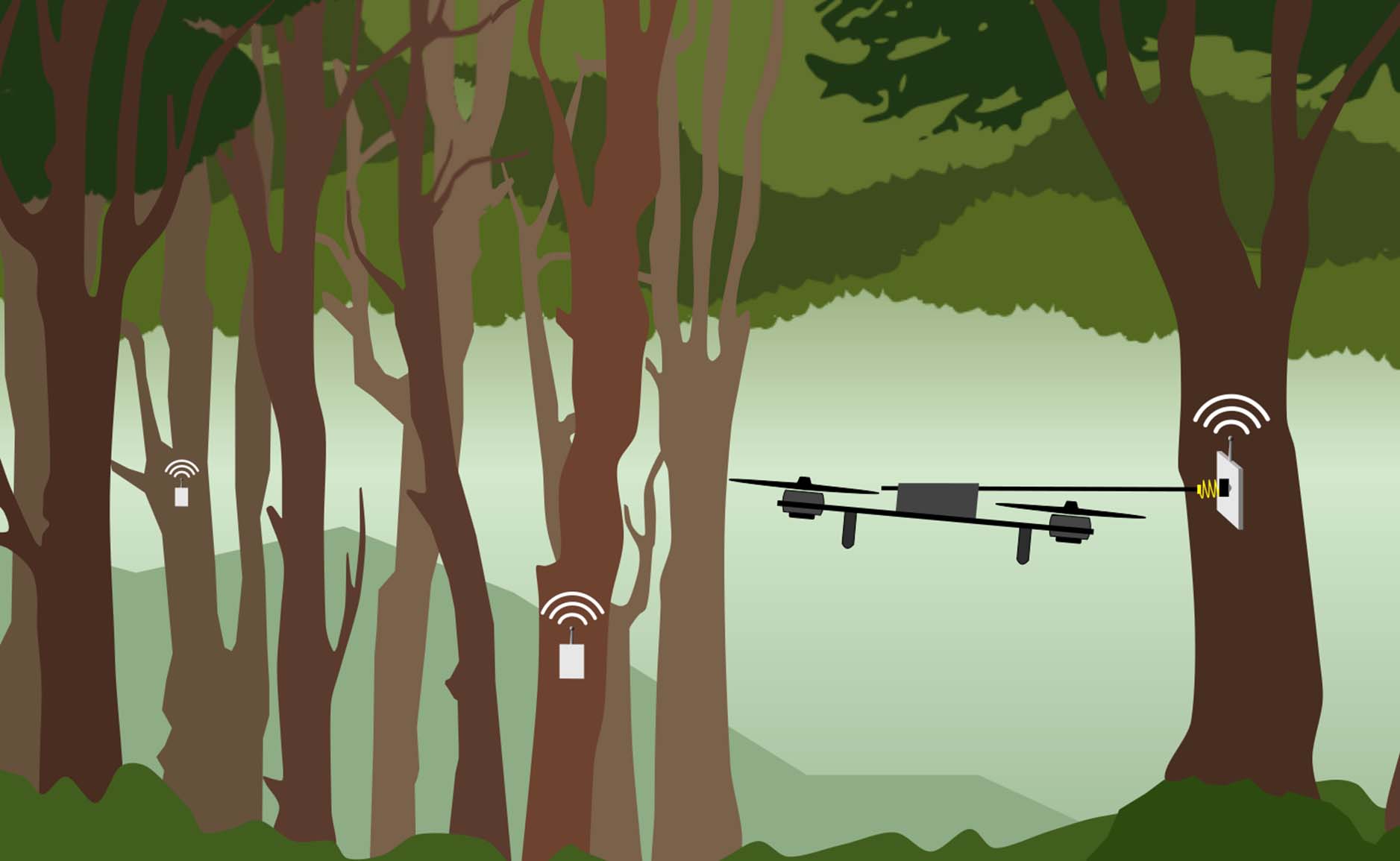An Integrated Framework for Autonomous Sensor Placement With Aerial Robots
We’re happy to announce that this last months the BioMorphic Intelligence Lab was involved in a new publication in the journal of IEEE Transactions on Mechatronics:
“An Integrated Framework for Autonomous Sensor Placement With Aerial Robots”
Find the full article at this link: ieeexplore.ieee.org/document/9913068
“During the PhD, my mission was to make dynamic aerial sensor placement possible on virtually any surface.” says Salua Hamaza, the director of the BioMorphic Intelligence Lab.
“Little [did I know] that a great deal of work had to be done to make dynamic aerial physical interaction a fully autonomous pipeline, with the addition of navigation and perception, and extra robustness in the interaction control laws. Three years later, [...], I finally made this wish come true.”
The work presents the full autonomy framework which includes mechanical and software compliance embedded in the interaction control laws, perception-aware motion planning and target detection, all on-board. The framework performs very well and robustly, being validated in 162 flight experiments.
Expressing her thanks Salua says: “I would like to thank my collaborators who endured with me in the past 2 years, for having this work finally published: Brett Stephens, Hann Nguyen and Mirko Kovac.”
Digest: In this work, we present a complete pipeline for tackling the aerial sensor placement problem in full autonomy. The proposed framework combines mechatronic design, onboard visual perception, interaction control and perception-aware motion planning. Robustness and accuracy of the framework deem excellent, where ~94% of the 162 flight experiments show successfully placed sensory payloads with high positioning accuracy.
Abstract: Aerial manipulators have the unique ability to cover wide-spread areas within a single mission, making them ideal for the transport and placement of sensors required to build an instrumented environment. Recent work in the field has focused on controllers for aerial interaction that account for compliance during contact-based tasks, omitting integration concerns that are critical to an automated solution. Furthermore, state-of-the-art flying base manipulators are often mechanically and computationally complex, reducing their endurance. Within this work, we present an interactive framework for autonomous sensor placement that incorporates both mechanical and software based compliance, optimised for use on a simple coplanar quadrotor. Under appropriate actuation and perception constraints, we detail the development of a control, perception, and motion planning strategy to enable sensor placement that relies solely on onboard computation and sensing, thus presenting a fully contained and accessible sensor placement approach capable of robust interaction with the environment. An extended finite-state machine is developed to facilitate automated mission planning. Extensive flight experiments are performed to validate the effectiveness of each sub-system, as well as the integrated solution. Experiments result in trajectory tracking errors under 10mm as well as onboard mass estimation errors under 0.7 % for sensors of various weights. A statistical analysis of 162 flight experiments shows the proposed framework’s ability to autonomously place sensors within 10cm of the target with a success rate of 93.8 % and 95 % confidence interval of (89%, 97%), thus confirming the robustness of our approach.
